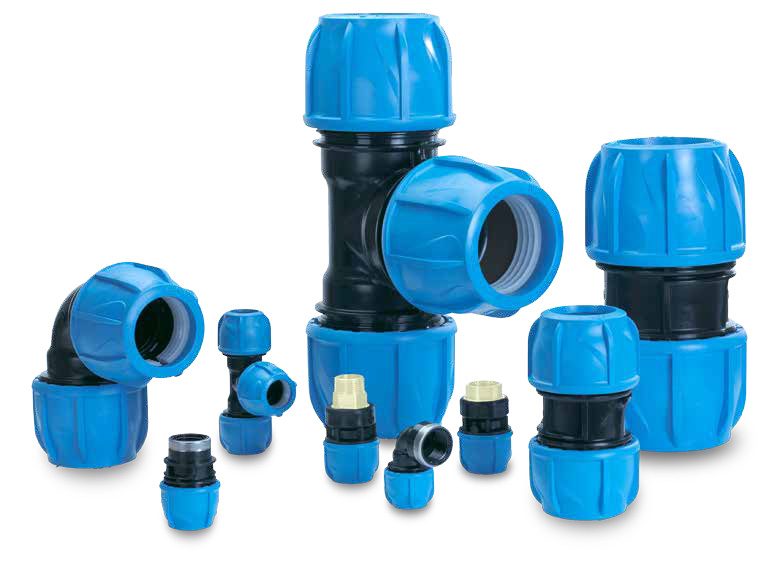Sustainable Termite Control: Eco-Safe Solutions for Home Protection
Introduction: Termites pose a significant threat to homes, causing structural damage that can be both…


Introduction:
Termites pose a significant threat to homes, causing structural damage that can be both costly and stressful. As homeowners seek effective termite control solutions, the importance of eco-safe alternatives becomes evident. This article explores sustainable and environmentally friendly termite control methods to protect homes while prioritizing ecological harmony.
Understanding the Impact of Conventional Termite Control:
Traditional termite control methods often involve the use of chemical pesticides, which can have detrimental effects on the environment, human health, and non-target organisms. Eco-conscious homeowners are increasingly turning to sustainable alternatives to address termite infestations without compromising environmental well-being.
Preventive Measures with Eco-Safe Construction Practices:
Eco-safe termite control begins with preventive measures during the construction phase. Implementing termite-resistant construction practices, such as using naturally termite-resistant woods, creating physical barriers, and incorporating non-toxic materials, can significantly reduce the risk of infestations.
Beneficial Nematodes for Natural Termite Control:
Beneficial nematodes are microscopic organisms that prey on termites and other pests. Introducing these nematodes to the soil around a property can serve as a natural and eco-safe method of termite control. The nematodes actively seek out termite larvae, effectively reducing termite populations.
Biological Control with Predatory Insects:
Utilizing natural predators of termites, such as certain species of ants and beetles, contributes to eco-safe termite control. These predators feed on termites, helping to keep their populations in check. Encouraging the presence of these beneficial insects supports a balanced and sustainable ecosystem.
Eco-Friendly Termite Baits:
Eco-friendly termite baits offer a targeted and low-impact solution for termite control. These baits use non-toxic substances that are attractive to termites. Once consumed, the bait disrupts the termites’ ability to molt, ultimately leading to the demise of the colony. This approach minimizes environmental harm.
Use of Boric Acid:
Boric acid, a natural compound derived from boron, is an eco-safe alternative for termite control. When termites come into contact with boric acid, it disrupts their digestive system and leads to their demise. This method is low-toxicity for humans and pets while effectively managing termite infestations.
Heat Treatment for Eco-Safe Termite Eradication:
Heat treatment is an eco-safe and non-chemical method for termite eradication. Exposing termite-infested areas to high temperatures effectively eliminates termites in all life stages. Heat treatment is particularly useful for localized infestations and can be applied with minimal environmental impact.
Educational Outreach on Eco-Safe Practices:
Promoting awareness and education on eco-safe termite control practices is crucial for encouraging widespread adoption. Homeowners, contractors, and pest control professionals can benefit from understanding the ecological impact of termite control methods and making informed choices for sustainable solutions.
Linking to Eco-Safe Termite Control Solutions:
Explore effective and eco-safe termite control solutions at Eco-Safe Termite Control Solutions. Discover how these methods not only protect homes from termite damage but also contribute to a more sustainable and eco-conscious living environment. Embrace eco-safe termite control for a harmonious balance between home protection and environmental well-being.
Conclusion:
As the demand for sustainable practices grows, eco-safe termite control solutions offer a responsible and effective approach to safeguarding homes. By adopting these methods, homeowners not only protect their properties from termite damage but also contribute to a healthier and more harmonious ecosystem. Balancing the need for termite control with ecological considerations is a step toward sustainable living.







